India, with its rich cultural heritage and diverse traditions, has always been a treasure trove of melodies. Music holds a special place in the hearts of its citizens, reflecting the tapestry of its society. From the vibrant beats of Bollywood to the enchanting classical ragas, India’s musical landscape is as diverse as its people. Let’s embark on a melodious journey and explore the various music kinds that resonate throughout the nation.
Imagine walking down a street in a metropolitan city in India. One can hear a cacophony of sounds from different kinds of horns, be it a robust one from a jeep or a sweeter, shriller one from a bike. If it is early in the morning or late in the evening, the toll of Mandir bells and aartis is complemented by the tolls from a nearby church, the azaan from a mosque, and Gurbani from a Gurudwara Sahib. Add to it the chime of a school bell, the melodious voice of proverbial Pied Pipers with their flutes or other goodies hatched to the back of their cycles. In India, melody is an intrinsic part of life starting from a mother’s lullaby to the chants and prayers through every important occasion of one’s life.
India’s musical heritage is rooted in ancient traditions that date back thousands of years. The country’s classical music, divided into two main streams—Hindustani and Carnatic—encompasses a vast repertoire of ragas, talas, and intricate improvisation. Hindustani classical music, popular in North India, is known for its soulful renditions, while Carnatic classical music, prominent in South India, is characterized by intricate compositions and complex rhythmic patterns. These classical traditions are nurtured through dedicated gurus (teachers) and rigorous training, ensuring the preservation of this musical legacy.
Beyond classical music, India boasts a thriving film industry, popularly known as Bollywood, which produces the largest number of movies globally. Bollywood music is a dynamic fusion of various styles, incorporating elements of traditional Indian music, Western pop, rock, and folk melodies. These songs, often accompanied by elaborate dance sequences, serve as a vehicle for storytelling and evoke a wide range of emotions, making them immensely popular among the masses. Bollywood music transcends boundaries and has gained international recognition, with fans from different corners of the world grooving to its infectious beats.
Music from regional film industries such as Tollywood’s Naatu Naatu has even gone and won Indian an Oscar.
In addition to classical and film music, India’s diverse cultural landscape is adorned with a myriad of folk music traditions. Each region of the country boasts its own distinct folk music styles, reflecting the unique heritage and customs of the local communities. Baul music from West Bengal, Rajasthani folk songs, Powada & Natya Sangeet from Maharashtra, and the vibrant Garba music from Gujarat are just a few examples of the diverse folk traditions that dot the Indian musical map. These folk melodies, often accompanied by traditional instruments like the dholak, tabla, sitar, and harmonium, celebrate the joys, sorrows, and everyday experiences of the people.
India’s regional music industries are also flourishing, with each state showcasing its unique musical heritage. From the soulful Sufi music of Rajasthan to the foot-tapping Bhangra beats of Punjab, from the devotional songs of Maharashtra to the melodious folk tunes of Assam, every region has its distinct musical identity. These regional music industries provide a platform for talented artists to express their creativity and connect with audiences on a more localized level.
Religion also plays a significant role in India’s musical heritage. The country is home to various faiths, each with its own devotional music forms. Bhajans and kirtans, devotional songs in praise of Hindu deities, fill the air during religious festivals and ceremonies. Qawwali, a form of Sufi devotional music, enchants listeners with its powerful vocals and mesmerizing rhythms. Similarly, Sikhism has its own devotional music tradition called Shabad Kirtan, which is centered around the recitation of verses from the Guru Granth Sahib, the holy scripture of Sikhism. The church hymns and choir songs hold a sweetness and musical richness of their own. These devotional music forms not only serve as a means of spiritual connection but also foster a sense of communal harmony among diverse groups of people.
India has also embraced Western music genres, giving rise to a vibrant independent music scene. Pop, rock, jazz, and fusion bands have emerged, experimenting with blending traditional Indian melodies with contemporary sounds. This fusion of styles creates a unique musical landscape where artists like A.R. Rahman, who seamlessly blends Indian and Western elements, has gained global recognition.
Even western musicians have been influenced by Indian classical music, the most famous of those being the Beatles. Punjabi music too has witnessed a tremendous surge in popularity, not only within India but also internationally. Punjabi songs, characterized by catchy beats, energetic rhythms, and lively lyrics, have become a rage on global music charts and in clubs around the world.
As music becomes more accessible to all, there is also free lending and borrowing between genres and regions, giving way to a new era of music. This is more so with the advent of digital platforms and social media, the music industry in India has become more accessible and inclusive. Independent artists are finding new avenues to showcase their talent and gain recognition without the need for traditional record labels. Online music streaming platforms have revolutionized the way people consume music, providing a wide range of choices and allowing listeners to discover new artists and genres.
In conclusion, the music of India is a vibrant tapestry that weaves together classical traditions, Bollywood hits, regional melodies, rap, and Punjabi beats. It reflects the diversity and cultural richness of the nation while continuously evolving and embracing new influences. From the soul-stirring classical ragas to the foot-tapping rhythms of Punjabi music, India’s melodies resonate with people around the world. As the music industry continues to evolve, embracing technology and new genres, India’s musical heritage will continue to captivate and inspire audiences for generations to come.
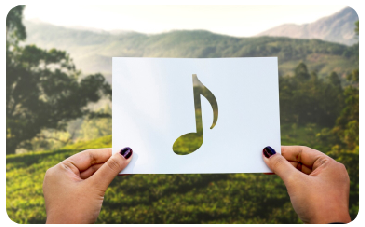
)
)
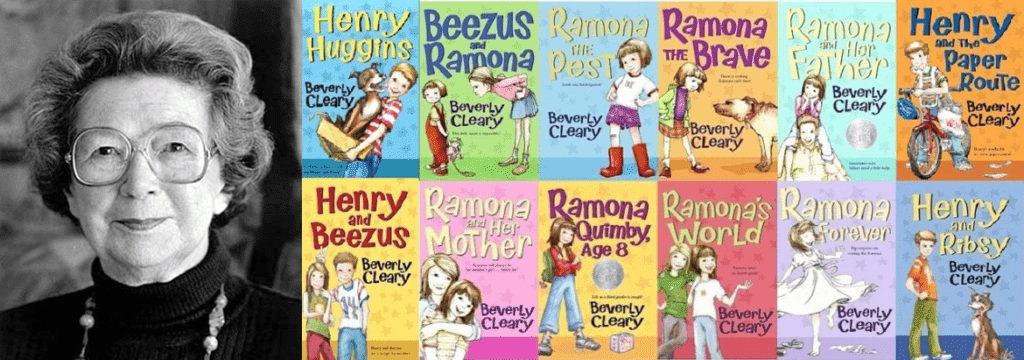)
)
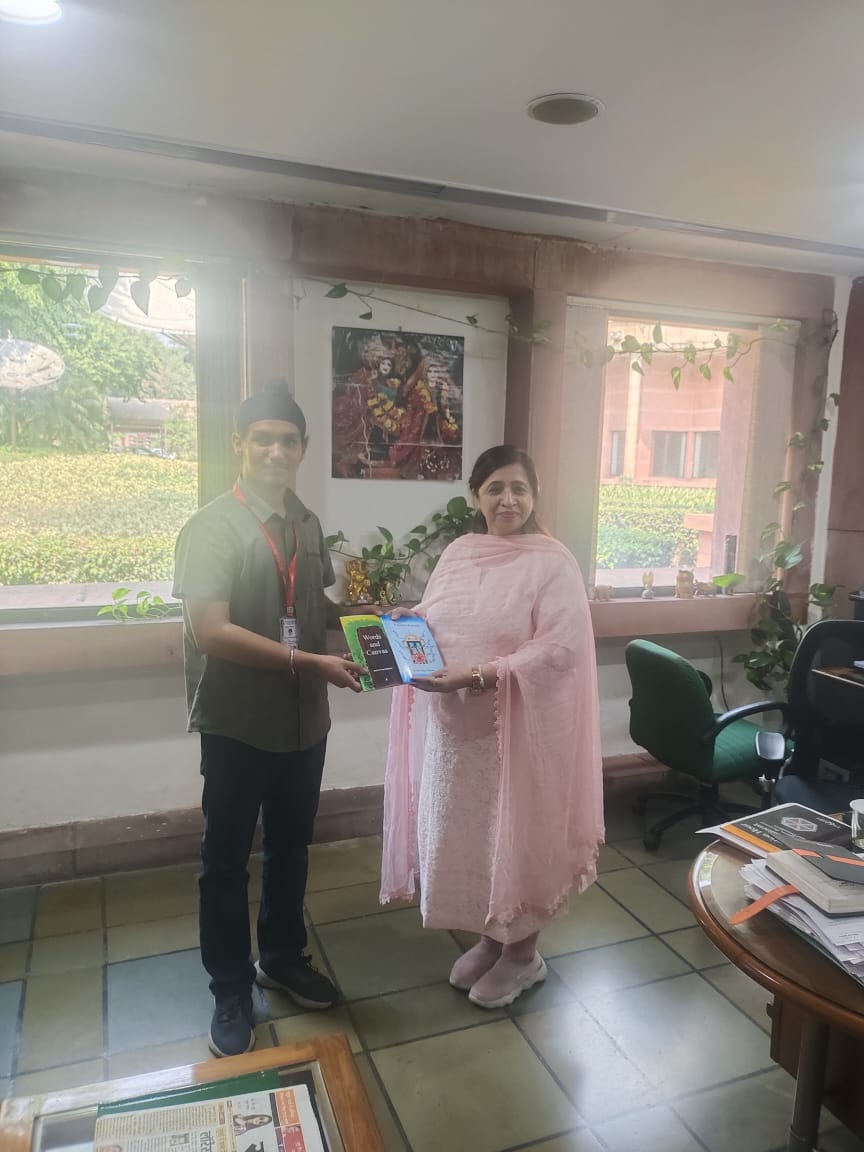)
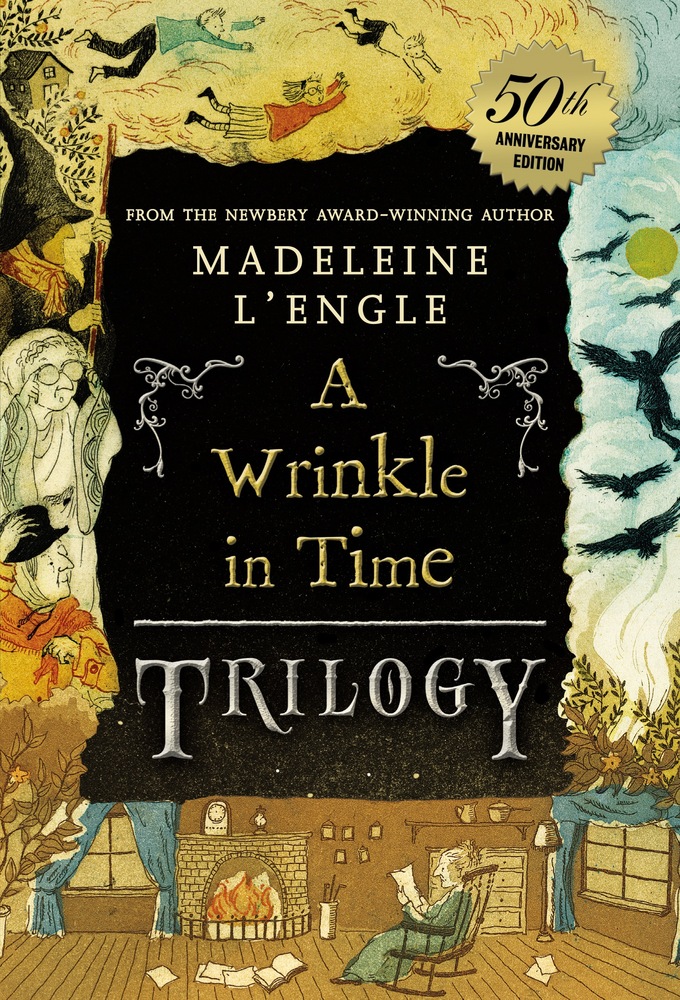)
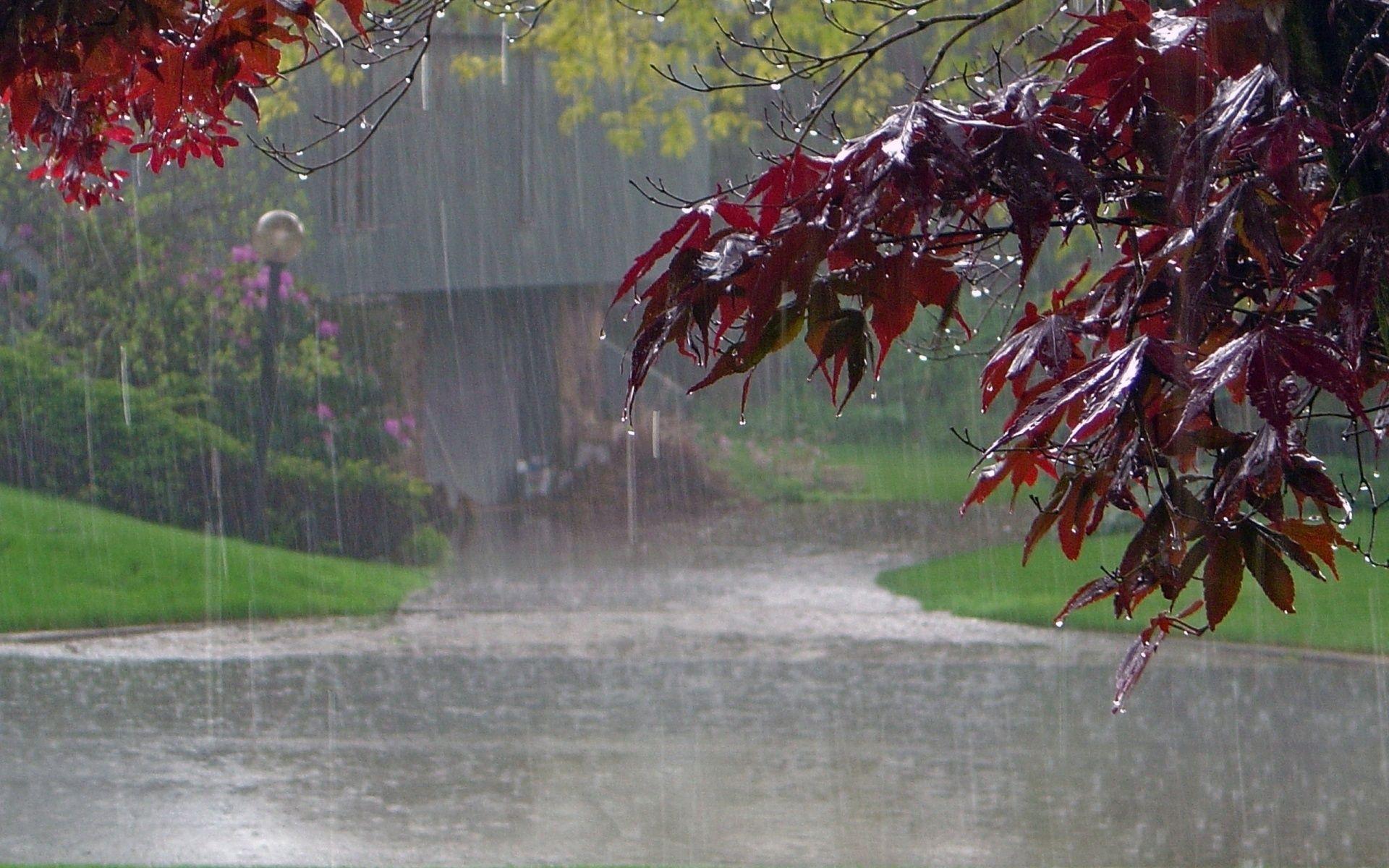)
)
)
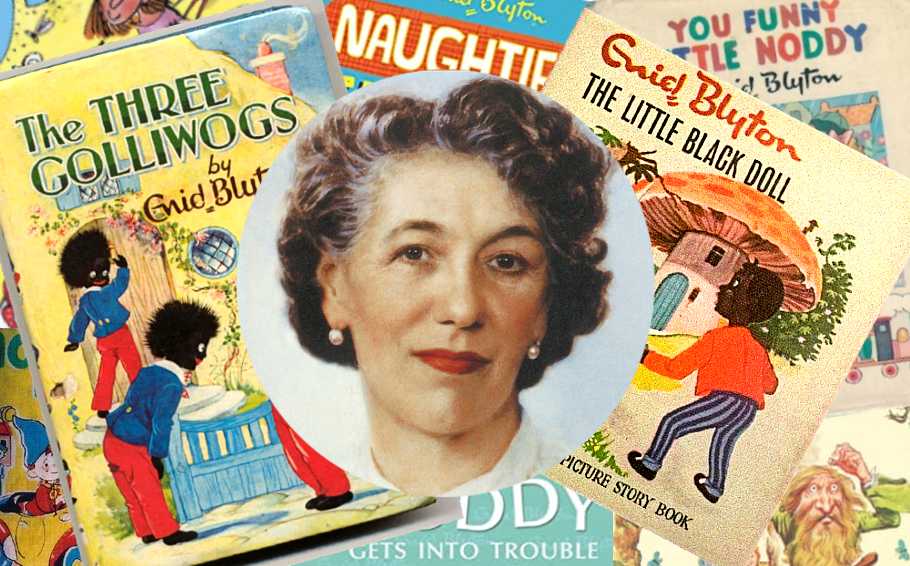)